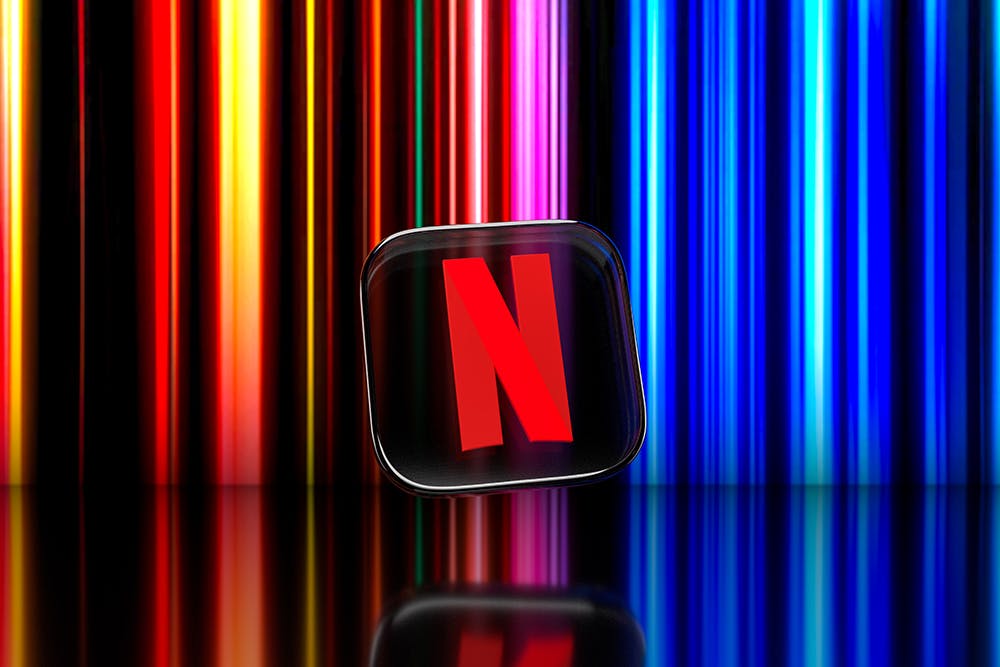Amid recent cutbacks in the podcast industry, a look at some of the trends for the future of the medium
If you’re a podcast creator or consumer, you’ve likely heard over the years some version of “I couldn’t even tell you how to find a podcast” or fielded questions about what exactly a podcast is, whether anyone listens to them, or other expressions of skepticism that were maybe (or maybe not) veiled as curiosity.
There are various definitions of a podcast. Some would jokingly say that any time two or more white men have a conversation, it could technically be considered a podcast. On Comedy Bang Bang, the character Gino Lombardo calls it “DVR’d radio.”
While these more tongue-in-cheek definitions probably held some weight in years past, they no longer really fit the bill. That’s because the podcast as a form is at a very interesting moment in its history, as is the industry surrounding it.
For example, Spotify, probably the biggest single producer of original podcasts in the US, recently laid off about 600 people, including their lead executive in the podcast vertical, Dawn Ostroff, which followed a previous round of layoffs and cancellations in two of their high profile studios Gimlet and Parcast, among others. And just last week, NPR had massive layoffs and show cancellations within their podcasting ranks.
Yet despite some of these high-profile cutbacks, it is clear that podcasting is still growing in terms of audience and profile. A-list creators have joined the ranks of podcasters in recent years, from the Obamas to Conan O’Brien to Paul George, and deals for established podcasts have soared as high as $200 million. And audience-wise, according to a report by Edison Research, the percentage of Americans 12-years-old and over who have listened to a podcast has jumped from 30% in 2014 to 62% 2021, for a total of 177 million.
The size of some of the higher-end deals has created a return-on-investment challenge for some companies, given that podcasting is dependent on advertising revenue almost entirely, and market forces have recently caused some tightening of purse strings among advertisers. As Brad Agate said to Reggie Ugwu recently in The New York Times, “The first thing marketers do when they anticipate a downturn is cut their budgets. If advertising is your primary source of revenue, you’re looking at the next quarter’s earnings report and trying to figure out how to hit your numbers.”
With some of these headwinds facing the industry, an emerging trend in podcasting is the time-honored media tradition of pivoting to video, with many podcasts now posting recordings of their taping to YouTube, or including the video feed when they post on Spotify. This strategy provides multiple benefits for podcasters: for one, YouTube is a powerful and well-established channel of monetization as well as a strong algorithm for recommendations. Video also allows for easier sharing of clips on social media to help build audience that way. According to Sportico, YouTube has research indicating that the platform is now the second most popular destination for listening to podcasts.
So, what does all of this mean for companies in the podcast space, and for the executive talent interested in it? Well, while recent indicators seem to signify a shrinking platform, they very likely just represent the normal growth cycle of an emerging industry. If anything, the revenue shift represents an opportunity for smart executives to recognize the need for multi-platform content strategy, inside and outside of podcasting. As audience appetites and interests continue to change, the one thing that remains constant is a demand for high-quality content, but it is incumbent on creators to meet those audiences where they are and to deliver a great product regardless of platform.



